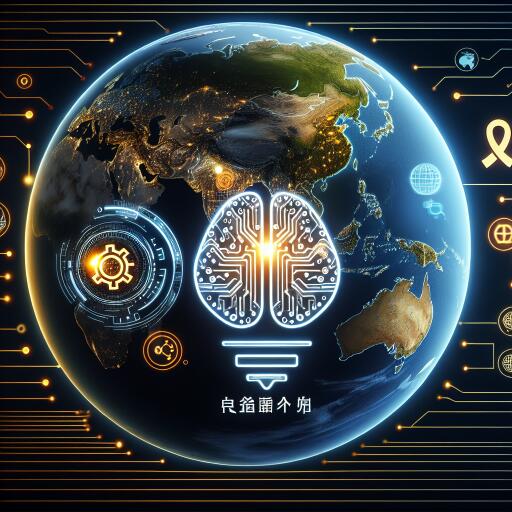Google Translate Embarks on Its Largest AI-Driven Language Expansion, Adding Cantonese
In an ambitious move that underscores the ever-growing potential of artificial intelligence, Google has broadened the horizons of its Google Translate service by incorporating Cantonese, marking its largest expansion endeavor. The recent update supports a whopping 110 new languages, leveraging the prowess of generative artificial intelligence (GenAI) technology. As of Thursday, the application and web versions of Google Translate have extended their linguistic reach, facilitating translations across 243 languages, with the notable inclusion of Cantonese—a dialect predominantly spoken in Hong Kong, Macau, Guangdong province in southern China, and among certain Chinese immigrant communities globally.
Google Translate distinguishes itself by offering both text and speech processing, enabling users to seamlessly translate spoken or typed inputs into their desired language, either read or heard. The addition of Cantonese responds to a longstanding demand among users, complicated previously by the dialect’s overlapping written forms with Mandarin. This complexity often posed challenges in gathering sufficient data and refining models for accurate translation.
Isaac Caswell, a senior software engineer at Google Translate, highlights the intricacies distinguishing Cantonese from Mandarin, including variances in grammar, terminology, and structure, despite their shared use of Chinese characters. Caswell credits the advancement to Google’s PaLM 2 large language model (LLM), a formidable technology capable of efficiently learning languages with close relations to one another. This innovation stems from over a year’s research and development, propelling Google Translate towards new frontages in language support.
The tech landscape is currently witnessing a sprint among behemoths and startups alike, spurred by rapid evolutions in LLM technology. This race is epitomized by the development of intelligent AI tools, such as OpenAI’s ChatGPT and Google’s own Gemini chatbot. Amidst this competition, Google introduced the tech community to Gemma 2 LLM on Thursday, a second-generation model from its lightweight open-source offerings revealed back in February. Gemma 2 LLM inherits its architecture from the groundbreaking research and technology behind Google’s flagship Gemini model, promising enhanced capabilities.
As tech giants like Microsoft, the principal investor in OpenAI, strive to incorporate advanced features into their offerings—evidenced by new functionalities in the Edge web browser—Google concurrently unveiled five innovative additions to Mobile Chrome. These enhancements range from local search result shortcuts and a revamped address bar to personalized search suggestions, trending search themes, and live sports updates, further enriching user experiences.
While Google Translate’s adoption of Cantonese represents a significant advancement, it’s important to note that Google is not the pioneer in this quest. Competitors like Microsoft’s Bing search engine and OpenAI’s LLM have long supported Cantonese text and speech processing. Additionally, last month saw the introduction of a customized Cantonese LLM by SenseTime, a frontrunner in China’s AI innovation, specifically tailored for Hong Kong users. Despite these alternatives, Google remains the preferred choice among Hong Kong’s internet populace, with Google.com retaining its status as the most visited website as per recent Similarweb statistics.
Besides Cantonese, Google Translate’s latest language inclusion covers a diverse range, such as Punjabi (Shamukhi)—Pakistan’s most spoken language—and languages closely related to Hindi, like Awadhi and Marwadi. This extension not only demonstrates Google’s commitment to breaking language barriers but also showcases the transformative impact of AI technology in fostering global communication and understanding.
In an age where digital innovations are rapidly reshaping our world, Google Translate’s expansion is a testament to the potential of artificial intelligence in bridging linguistic divides, offering users unparalleled access to a multitude of languages and dialects. This development not only enriches the user experience but also paves the way for a more interconnected and comprehensible world.










